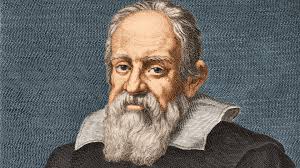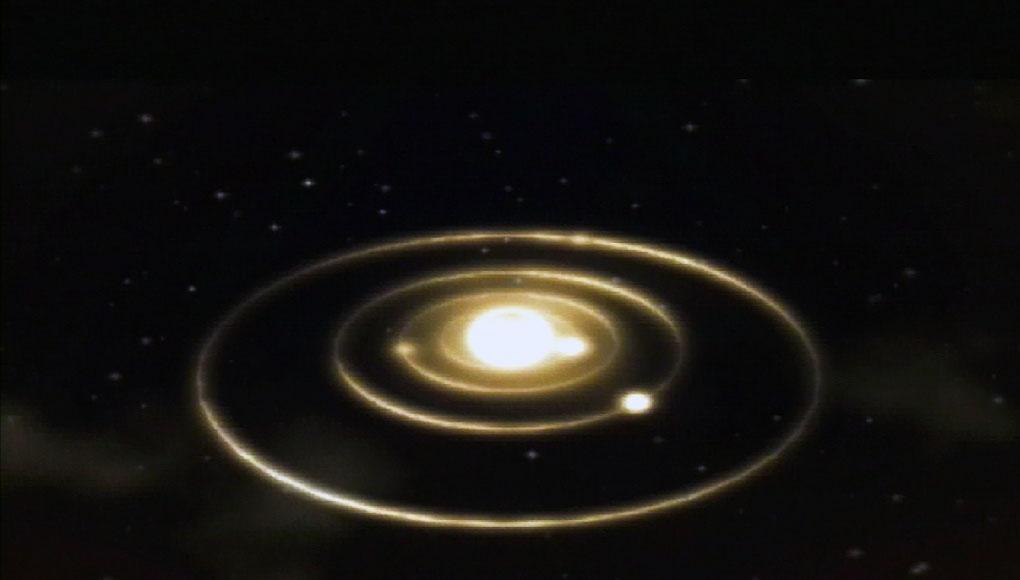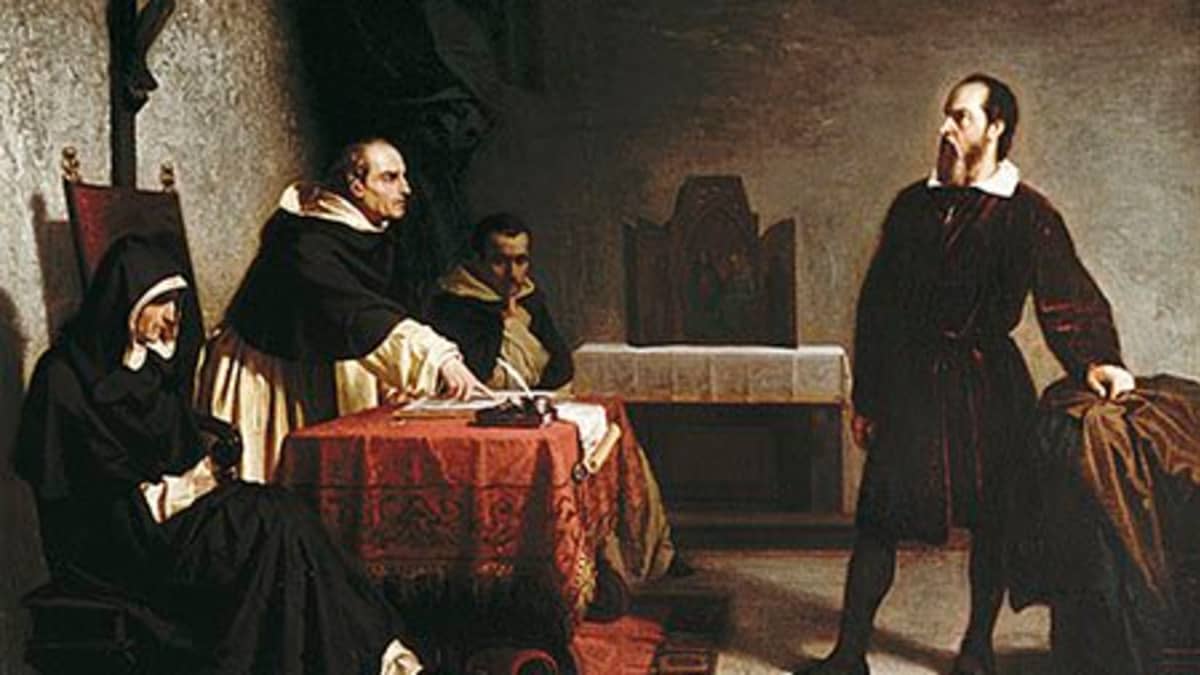Galileo Galilei

Galileo showed that one person’s commitment to evidence can ripple across centuries, changing the way humanity sees itself in the universe.
Biography
Galileo Galilei, born in Pisa, Italy, in 1564, grew up in a world where science bowed to tradition and the heavens were believed to revolve around Earth. From an early age, Galileo’s curiosity set him apart. Though he first studied medicine at the University of Pisa, his fascination with mathematics and physics pulled him toward understanding the natural laws that governed the world.
By the early 1600s, Galileo had developed a reputation as a brilliant scientist and inventor. In 1609, news reached him of a device called a telescope. Not content to merely copy the idea, Galileo built his own improved version—one powerful enough to magnify distant objects by up to 30 times. This simple tube of glass and metal would become the key to discoveries that would shake the foundations of science and religion alike.
Pointing his telescope to the night sky, Galileo made revolutionary observations: craters and mountains on the Moon, countless stars invisible to the naked eye, and—most shocking of all—four moons orbiting Jupiter. This was irrefutable evidence that not everything revolved around Earth, contradicting centuries of accepted belief.
Galileo embraced the heliocentric theory, first proposed by Nicolaus Copernicus, which placed the Sun—not Earth—at the center of the solar system. Through careful observation, data collection, and logical reasoning, he advanced the idea that science should be grounded in evidence, not tradition or authority. His methods laid the groundwork for what we now call the scientific method.
His discoveries, however, threatened powerful institutions. The Catholic Church saw heliocentrism as a challenge to Scripture and authority. In 1633, Galileo was summoned before the Roman Inquisition, accused of heresy, and pressured to recant his findings. Though he publicly renounced the heliocentric view, he is said to have muttered, 'And yet it moves,' a quiet defiance that symbolized his commitment to truth.
The Inquisition sentenced him to house arrest, where he spent his remaining years continuing his research and writing. Even under restriction, Galileo’s work influenced generations of scientists, from Johannes Kepler to Isaac Newton, and cemented his place as one of the architects of modern science.
Galileo Galilei’s life reminds us that the pursuit of truth often comes with risk. He chose to look through the telescope and report what he saw, even when it cost him his freedom. His courage to question, observe, and insist on evidence over authority forever changed how humanity understands its place in the universe.
Galileo Galilei didn’t just change astronomy, he changed the way we think. He showed that knowledge grows not from accepting what we are told, but from questioning, observing, and testing. His improvements to the telescope and his support of the heliocentric model cracked open the door to a universe far larger and more complex than humanity had imagined. By standing up for evidence in the face of powerful opposition, Galileo modeled intellectual courage and the willingness to follow truth wherever it leads, even at great personal cost. His story is a reminder that progress depends on those who dare to see the world differently and share what they discover, no matter the risk.
?
Why was the heliocentric theory so threatening to religious and political authorities in Galileo’s time?
How did Galileo’s work influence the development of the scientific method?
In what ways do scientists today still face resistance, like Galileo did, when presenting new ideas?
What can Galileo’s trial teach us about the relationship between evidence and authority?
How might history have unfolded differently if Galileo had refused to recant?
Dig Deeper
Galileo decides to drastically improve a two-year-old invention, the telescope, and point it to the sky; his expert recordings and extraordinary discoveries will shake our very beliefs to the core.
Galileo's contributions to the laws of motion and gravitation, emphasizing that all objects fall at the same rate regardless of their weight.
When you hear the name Galileo, what do you think about? Galileo Galilei is often associated with telescopes, the universe, and being imprisoned for his discoveries. In Galileo Galilei for Kids, you will learn a lot more about this amazing scientist and mathematician and his inventions and scientific discoveries.
Discover more

Isaac Newton
Formulated the laws of motion and universal gravitation, transformed optics, and co-invented calculus—laying the foundations of modern physics.

Charles Darwin
Charles Darwin revolutionized biology by developing the theory of evolution through natural selection, reshaping how we understand life on Earth.

Albert Einstein
Albert Einstein didn't just rewrite the rules of physics, he redrew the entire board.
Further Reading
Stay curious!

